‘How to Manage Change’ is The Simple Difficult Question
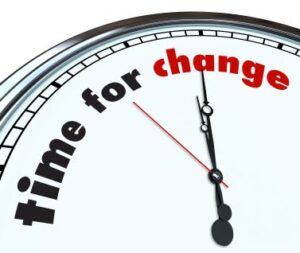
Gail Sheehy
‘Change’ is the most inevitable event in life. We found ‘change’ everyday in everyplace around ourselves. Life is built on change. As professionals we encounter change in many of our engagements regardless of its size. Of course large engagements normally require higher awareness of change mechanics, how it works, what its impact on others, how others accept that change, etc. Change Management became a recent buzzword in business world. Although change concepts and elements exists since early time of universe creation (which itself became as a result of series of changes).
In order to make any change, you will need three major elements to happen at the same time in order to maximize your potential of having desired results of that change. Dan and Chip Heath used the metaphor of Elephant and Rider to explain the elements of having a successful change.
1. Direct the Rider: this represents directing the rational mind of the receiver of change. This could be users impacted by a change in one of your projects. This could be your family impacted with a change of your career or could be a community within society impacted with a political change for instance. In many change situation, what we see from users as resistance, it could be a lack of clarity and vision. We did not do our homework to set a clear vision for them.
2- Motivate the Elephant: this represents motivating the emotional part of the receiver of change. This psychological part within ourselves need a motive to change. Most of the time, we are inclined to stay at our comfort zone and resist change even if our rational mind found benefits in the change. For example, you want to lose weight and start regular gym exercises for better fitness and health. However, without motivation you do not move as you wish. What we may think it is laziness from users to carry out activities required from them to achieve the change, it could be lack of motivation.
3- Shape the Path: This is represented by surrounding situational factors around receivers of change. You can succeed to provide a clear vision for audience (the Rider) and build proper motivation for them (Elephant) but a major question remains unanswered ‘how the surrounding situation will be prepared to receive the change?’. Sometimes we think it is a people problem and they do not want to change, however it could be a situation problem. Make surrounding environment suitable for the change.
I will mention a little story describing those three elements vividly.
In early 1990s, an American doctor working at international organization for saving children was commissioned to help children in poor areas in Vietnam. He was invited by government to fight malnutrition. However, foreign minister told him that not everyone in the government welcomes his presence. Moreover, there are other constraints: no budget and only 6 months are allowed to make a difference.
Millions of kids cannot wait for lengthy research. Moreover, he will consume the 6 months in analysis and non-beneficial work for those children. Then he got a brilliant idea. He started to search for healthy children in those poor villages with similar situational factors of other poor families. Then he started to monitor the eating habits of those children and how their mothers feed them to keep them healthy.
He discovered that healthy children mothers feed them four times a day instead of two times (with the same amount of food). Those mothers encourage their kids to eat even when they are sick. They mix rice with tiny parts of shrimps and crabs which add more nutritional value to food.
Then he started to divide village families (of those unhealthy kids) into groups. Each group should sit in a hut with a mother of healthy kids and they need to mimic their way of feeding their kids. After six months, 65% of one Village (with hundreds of kids) were much healthier. After he left Vietnam, the program was generalized and applied to other villages to cover 256 villages with 2.2 million people.
If we quickly analyzed this story, we can find the three elements:
1- Directing the Rider (Mothers in this case) has been achieved not through announcements or declarations of healthy ways and instructions to feed their kids. Nobody will follow those instructions. Instead he searched for the bright spots and directed mothers to follow them,
2- Motivating mothers does not need much effort since mothers were keen to have healthier children,
3- Shaping the path – instead of leaving mothers to clone something foreign to them. He did not leave them to figure out how they can do this. He took their hands and immediately they started practicing with similar families like them very poor under same environment.

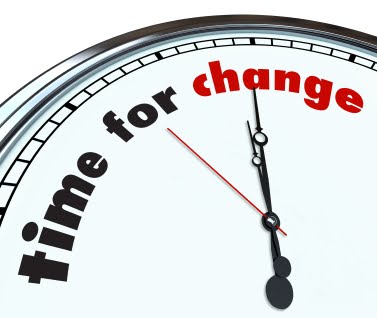
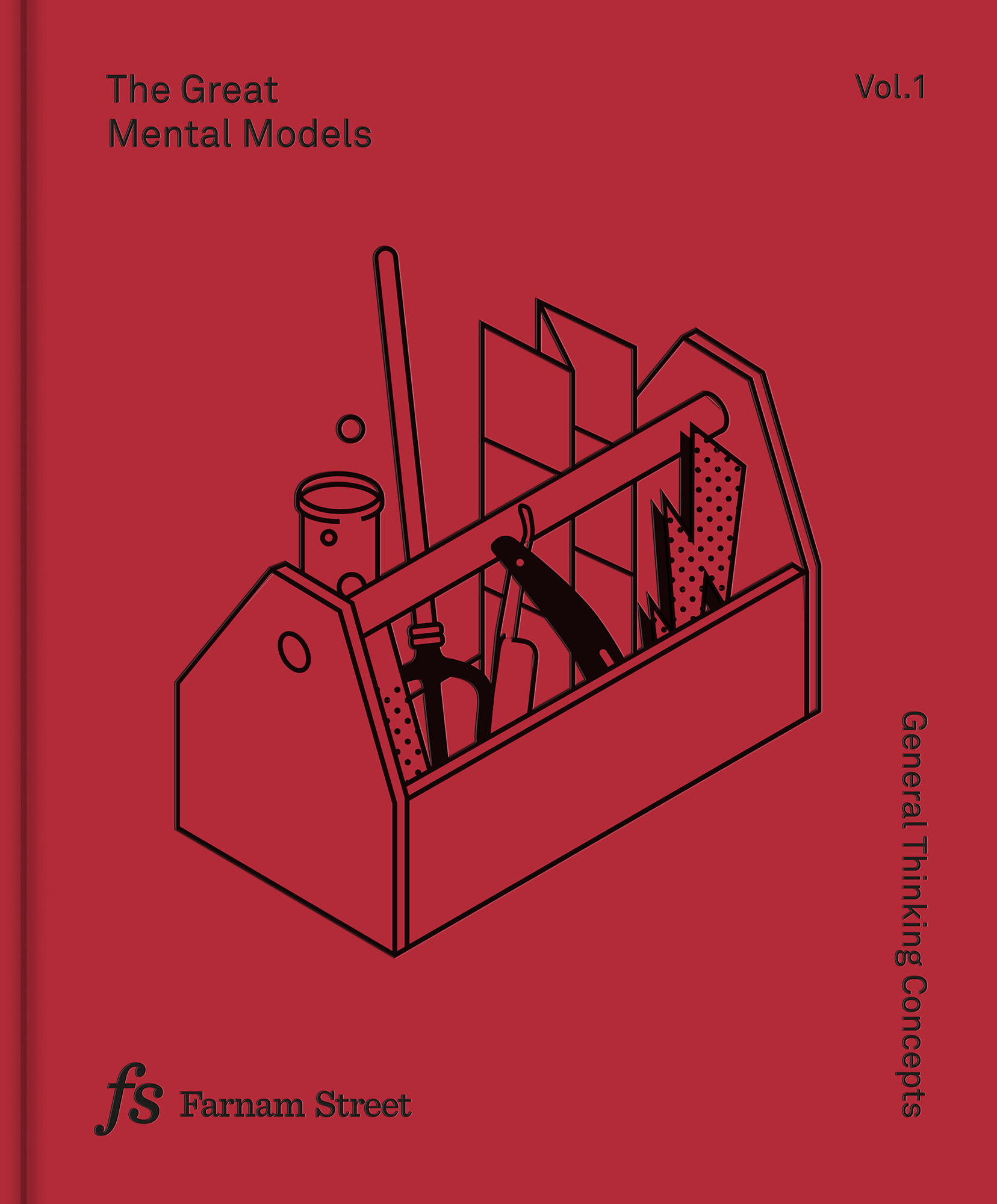


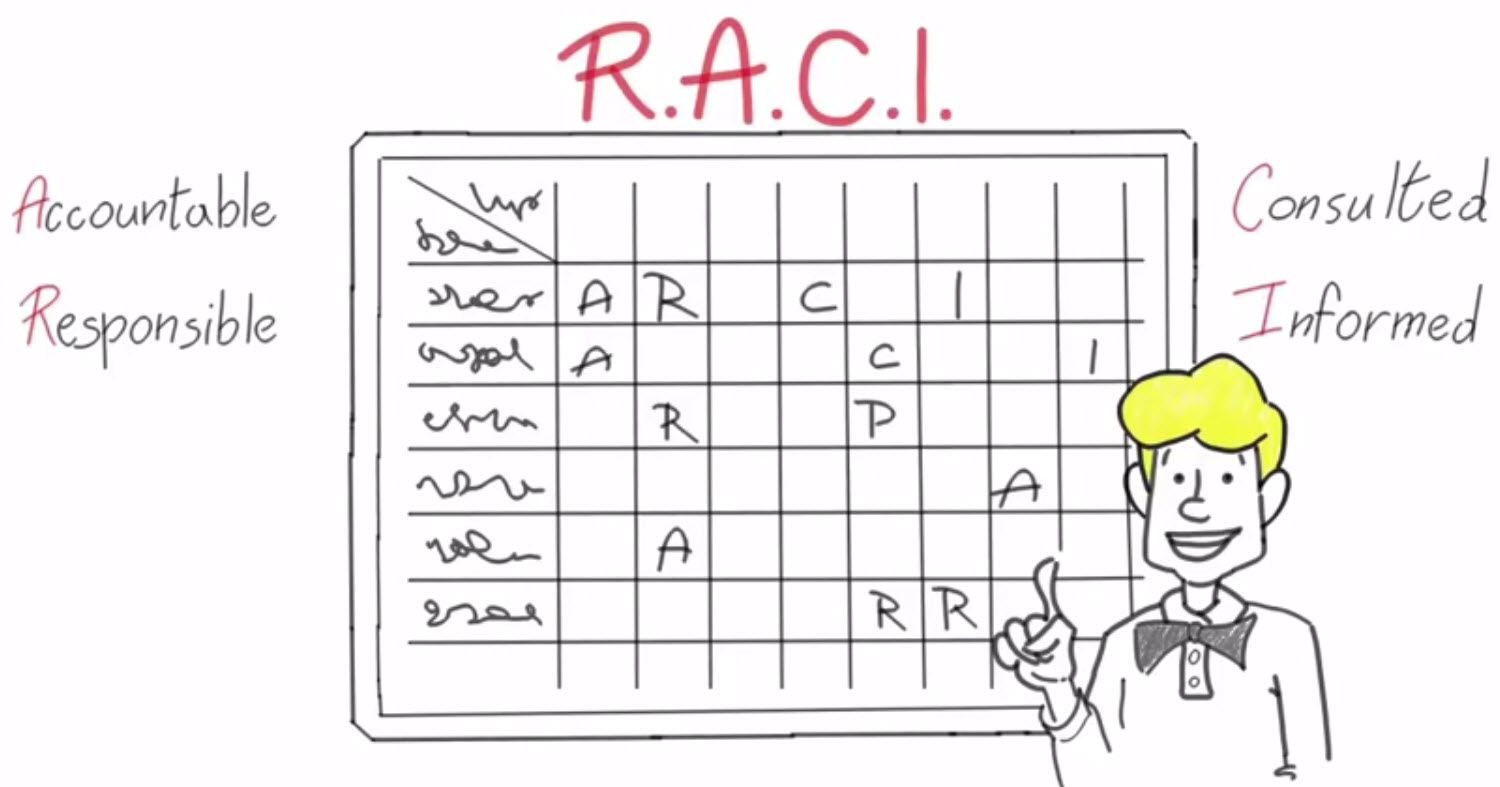


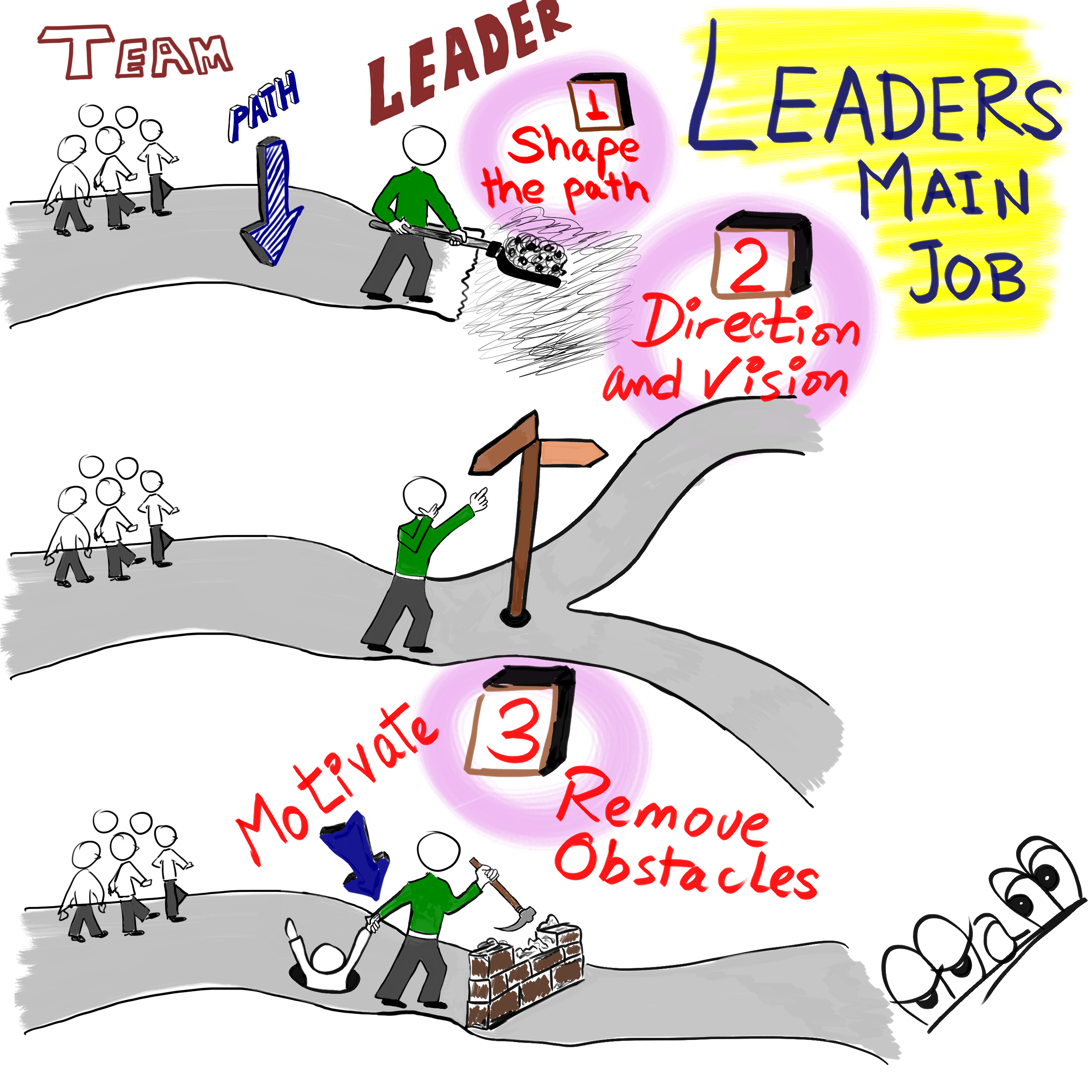
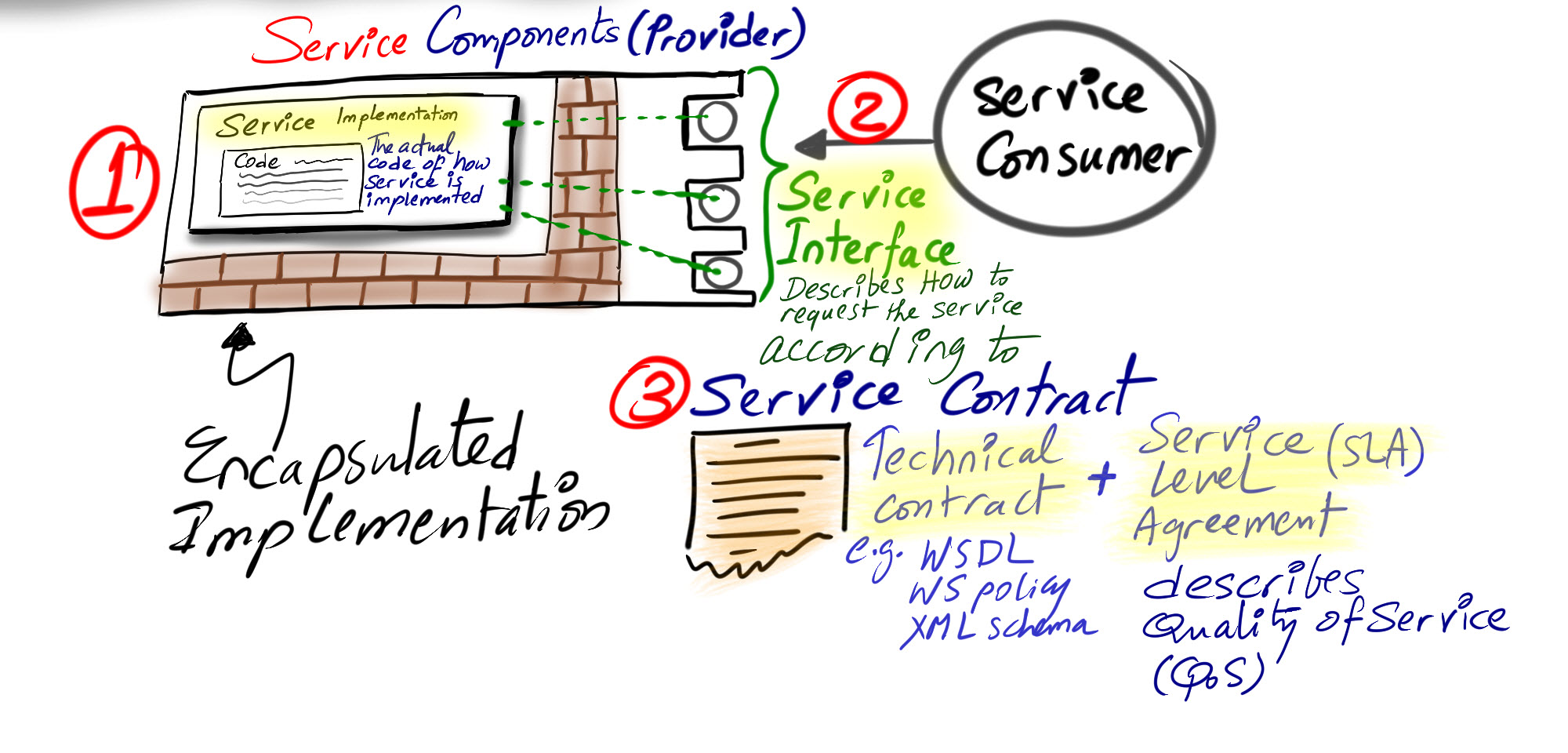
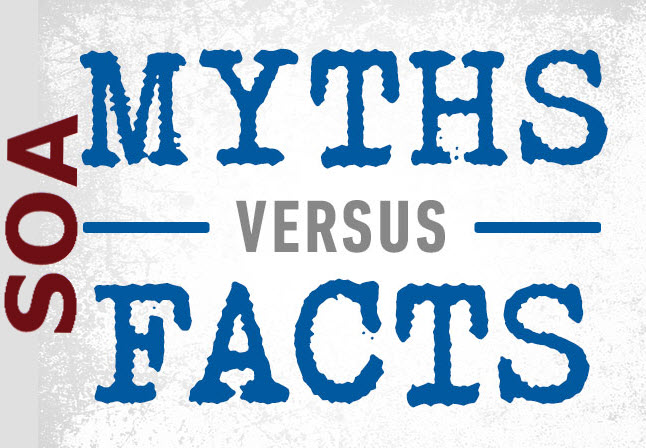
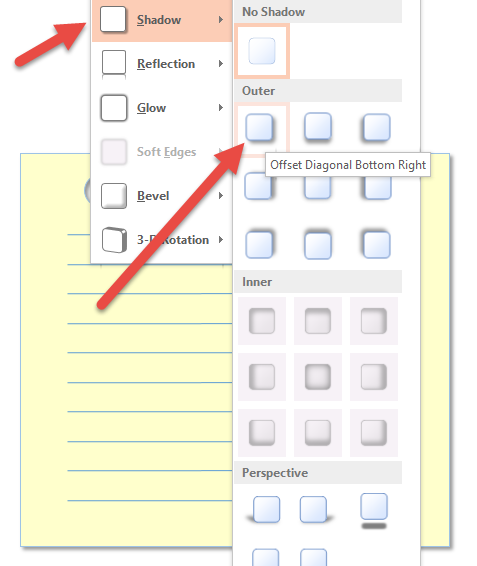
Leave a Reply